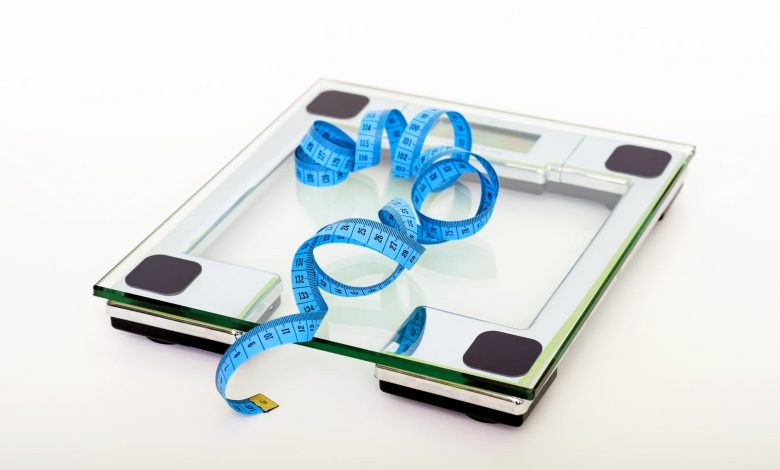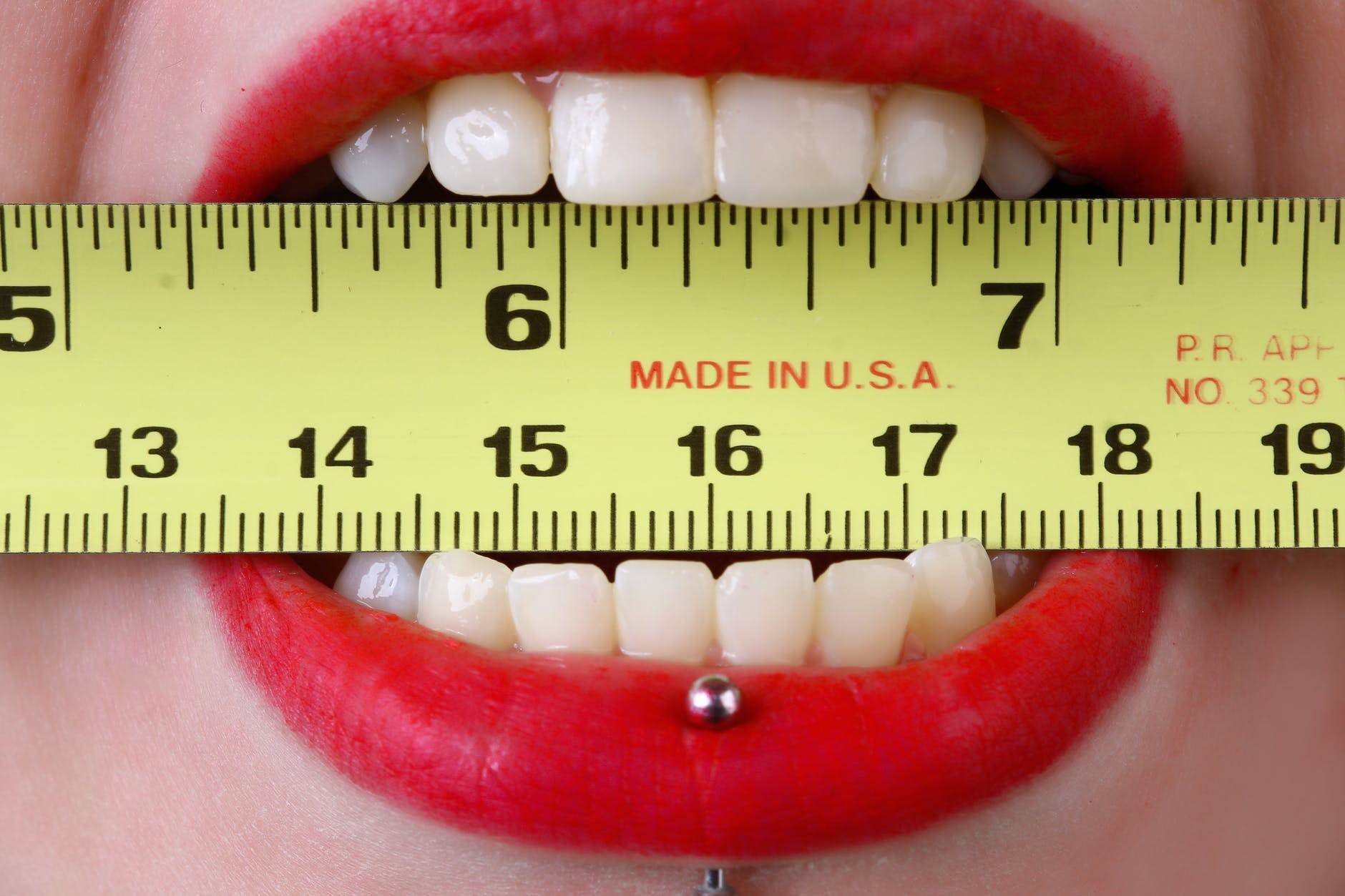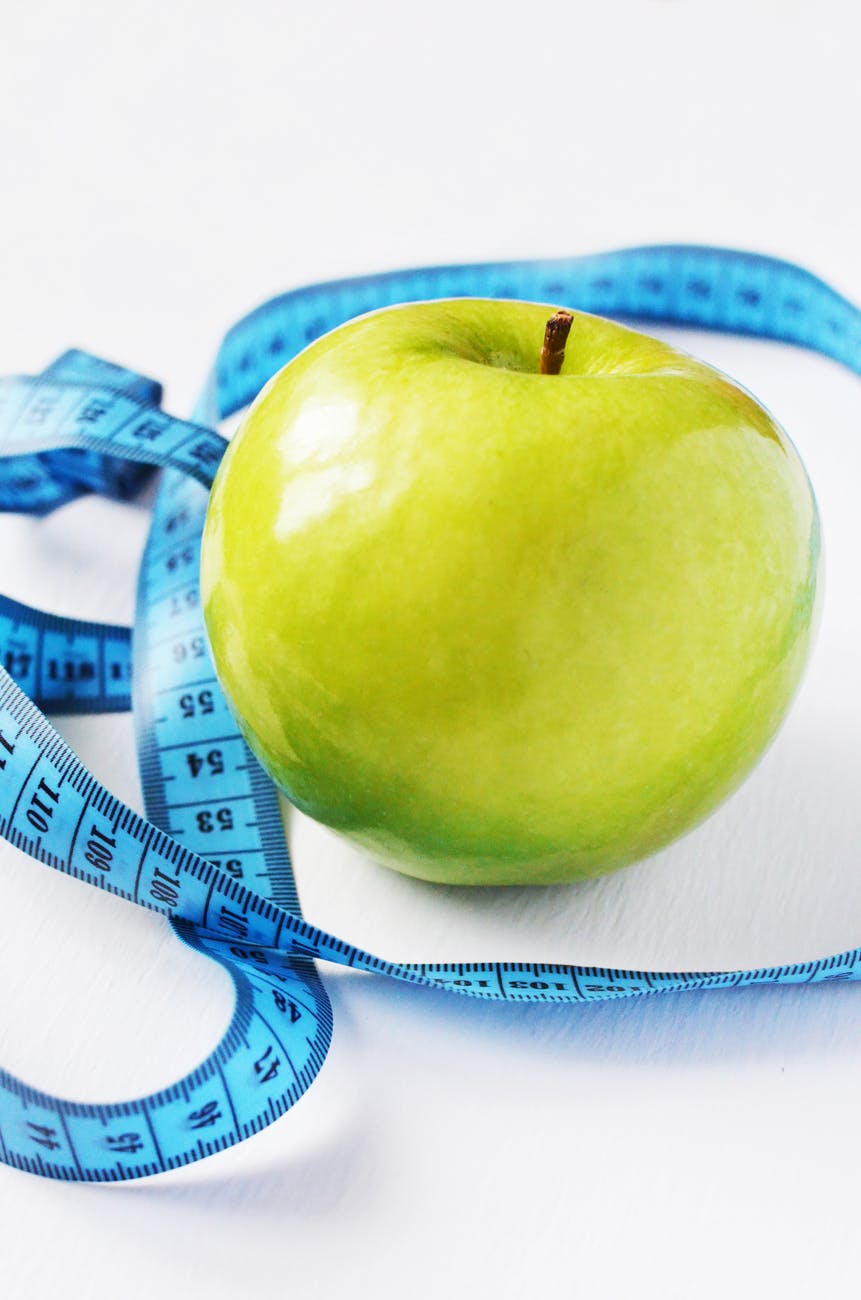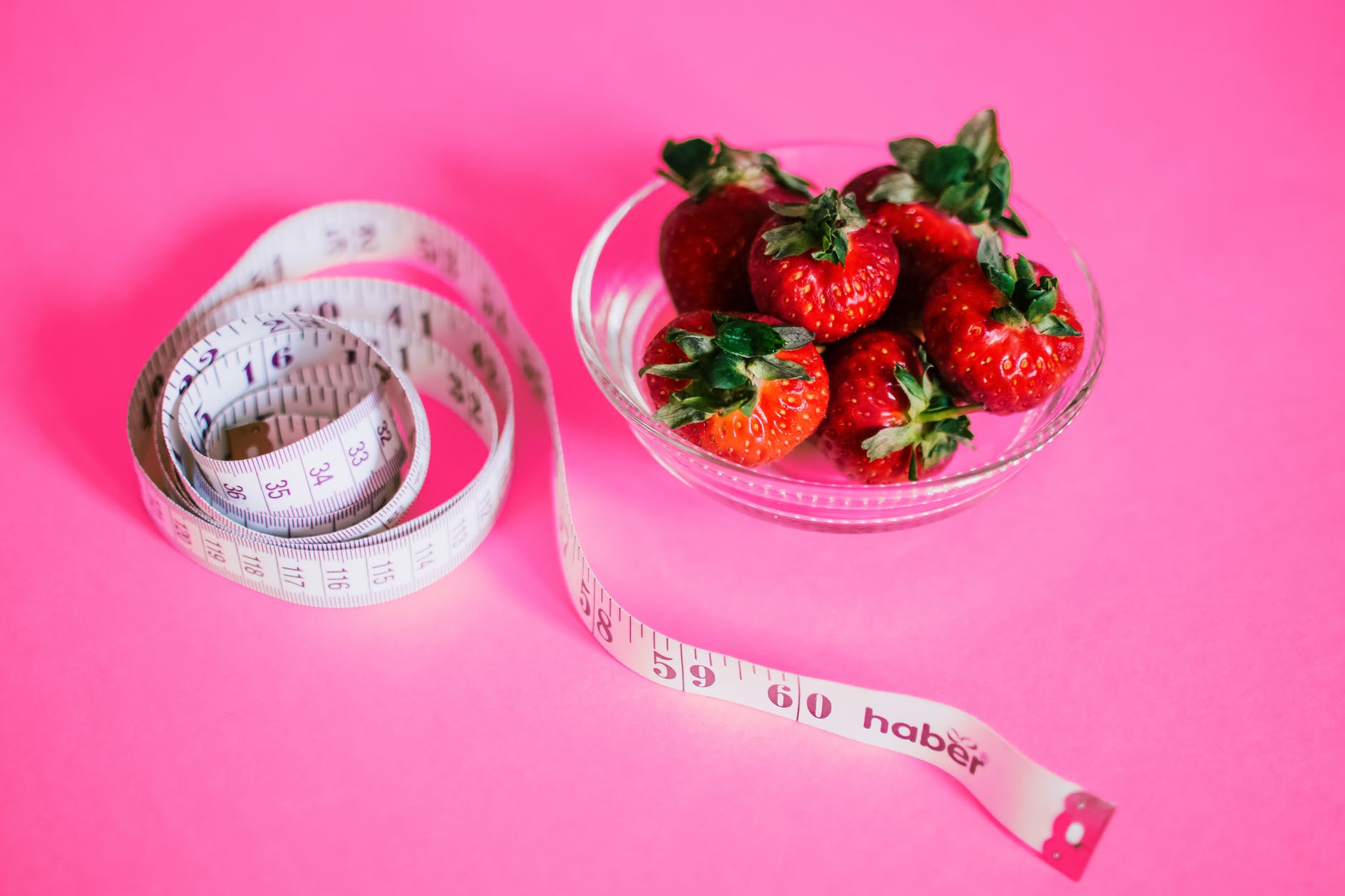
Drop the Scale and Grab the Tape
When people decide that it is time to start losing weight, they often turn to the bathroom scale first to measure progress. There is a certain thrill of expectation when one wakes up, gets on the scale, and sees the results of hard exercise and counting calories. However, disappointment is as common as is the feeling of elation when the scale shows the number. Getting on the scale can be an emotional rollercoaster.

Humans Anchor on Numbers
How is it that we can become so emotional about a number on a scale? The number on that scale can end up defining who we are as fat, obese, fit, or skinny. There is nothing rational about taking our self-worth as a human from any number. But we do it anyhow.
The emotional response to certain numbers was investigated by the Nobel Laurate Daniel Kahneman. Through a series of tests, Kahneman established that humans are influenced by numbers, and then anchor on those numbers, even though the number is not related.
For example, Kahneman rigged up a wheel of fortune with random numbers on it. Students would spin the wheel, say the number it landed on, and then guess how many nations there were in Africa. Unknown to the students, the wheel was rigged to land on either a high number, say 300, or a low number, like 5. While the number had nothing to rationally do with the question of African countries, it heavily influenced guesses. The high random number on the wheel was so influential, that students that Kahneman called this the Anchoring Effect.
The Anchoring Effect can be seen at stores with a price listed, and a sale price underneath the original price. Like it or not, we have a good feeling about saving money when we think we are getting something on sale. The trick is that the store created a random price, and then created a sale price knowing that shoppers like to feel like they are getting a good deal.
This applies to weight loss because, when we get on a scale, we get a warm fuzzy feeling when we see a lower number than the anchor weight in our head. In short, we feel good when we lose weight and bad when we gain weight.

The Problem with the Bathroom Scale
While this information may not seem new to anyone that has tried to lose weight, it is important to remember the main reason for losing weight. We want to lose weight to look good, to be healthy, and to be attractive to ourselves and others. But we don’t really care about weight loss; what we really want is to lose fat. The number on the scale is just a proxy of measurement for the amount of fat we are losing.
But the problem lies in the fact that our body is made up from more than just fat. Our bodies have bones, muscles, skin, hair, food in intestines, water, air, and so many more tissues. All of these factors are what give us our total weight. The bathroom scale does a really good job of tracking the total accumulation of our bodies. Our fat is just one tissue that gives us our total weight.
When we go on a diet, we clean up our eating, try to get more exercise, and generally become more active and eat less. We expect that by burning more calories and eating fewer calories, our fat will dissipate, and we will lose weight. Often, we are disappointed when we start to gain weight rather than lose it at the start of diet.
This disappointment can derail a diet hardly before it begins. We literally feel pain when the number on the scale is telling us that we are gaining weight. This disappointment comes from the false belief that gaining weight means that we are gaining fat. This is the core problem – gaining weight, particularly in the first few days of a new exercise and food diet, can mean a lot of things other than gaining fat.
If you start exercising more, you will gain muscle, which is a good thing. By eating right, you may lose fat, another good thing. By cutting back on carbs, water retention will fluctuate for several days as the body gets used to the new food. Intestines take longer to digest healthy foods compared to simple carbs or sugar. Simply, there are so many factors beyond our control that influence weight and can make the number on the scale misleading. We might be making progress in new health, but the scale might not reflex that right away.
The Goal is to Reduce Fat
It is easy to get anchored on a number that we feel is a good goal for weight loss. But as we have learned, that anchor can place an emotional toll on our minds that makes it hard to stay focused on weight loss. The goal is to lose fat. So a better way to measure our progress is not with a scale, but with a tape measure.

The Tape Measure
Fat loss is much easier to track using a tape measure, and a more consistent way to measure success than a certain weight. Every person is different, and we will all have a different healthy weight. A tape measure measures the fat that is accumulated in areas that make us, well, look fat or obese. Both men and women gain fat in the belly, thighs, and chest. This is the main area our body stores fat if we become overweight or obese.
Fortunately, it is easy to track changes in fat loss in these areas. A simple clothing tape measure that can be purchased at any box store or online is all that is needed. Take the tape measure and measure the same spot of the body each week and track changes. It is helpful to write down the number each time as they can be easy to forget. Do this once a week.
This method allows you to more accurately track the main goal of any diet, the loss of fat. Your body weight will fluctuate as you gain muscle or hold water, but the tape measure is much better at tracking fat loss.
It is also important to note that measuring once a week is better than once a day. Fat also fluctuates daily, but results will show more clearly once a week, and will help you stay more mentally prepared.



